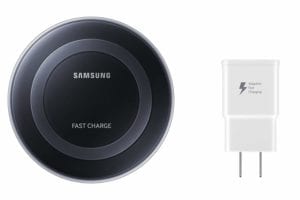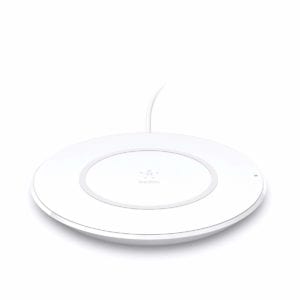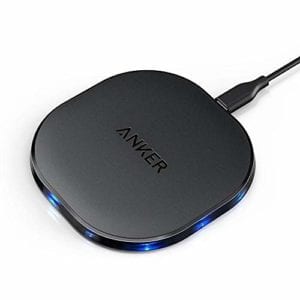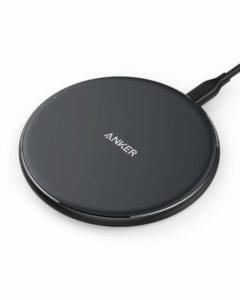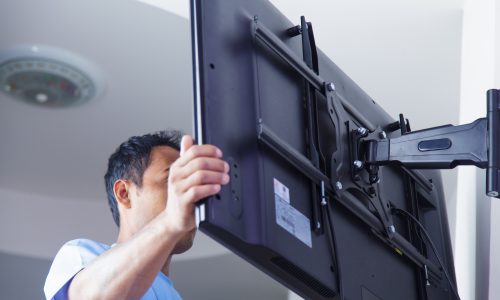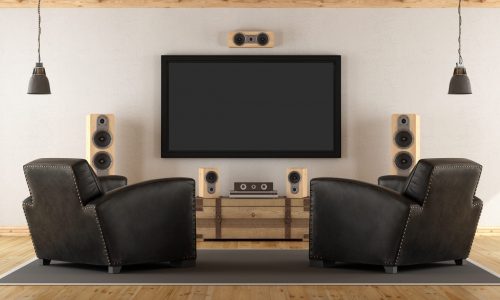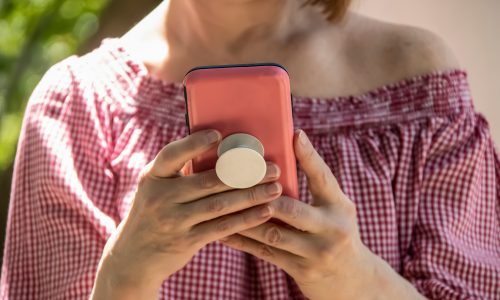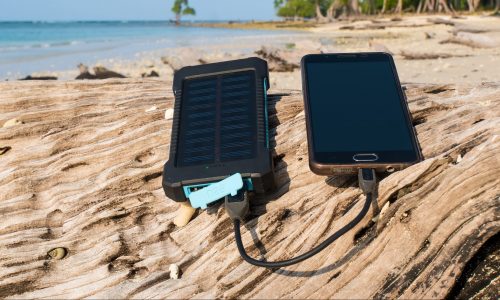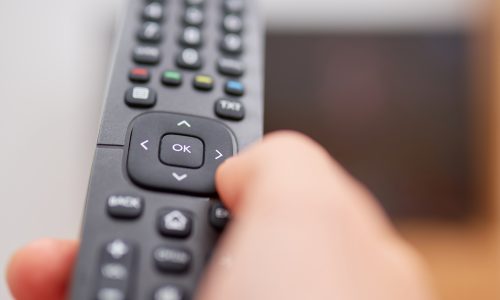The Best Wireless Charger
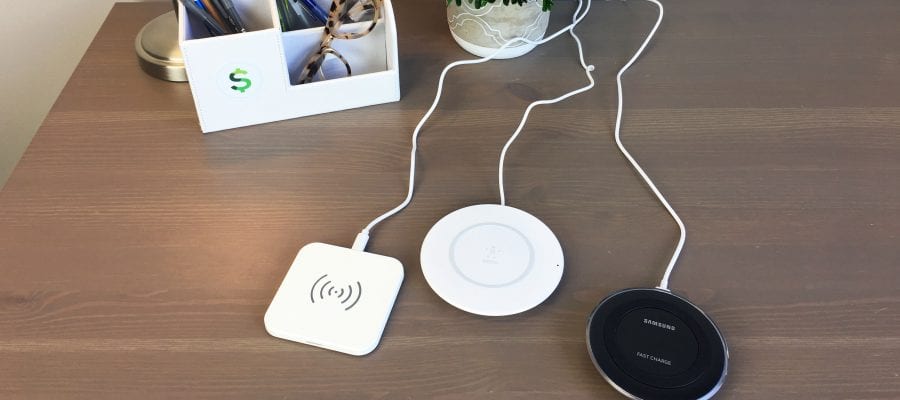
Our Review Process
Don't Waste Your Money is focused on helping you make the best purchasing decision. Our team of experts spends hundreds of hours analyzing, testing, and researching products so you don't have to. Learn more.
Our Picks For The Top Wireless Chargers
You'll get 10 watts of power with the Samsung Qi Certified Fast Charge Wireless Charger Pad, cutting your charging time down by as much as 50 minutes. The LED lights not only let you know when you've made a connection, but they also show your charging progress. The built-in fan keeps your phone cool while charging, helping prevent the overheating t...
High-Tech ChargerCut your charging time by as much as 50 minutes with this powerful charger.
For those who charge their phones in the bedroom at night, the Belkin Boost Up Wireless Charging Pad is a great choice due to its softer light that won't disrupt sleep. You'll also get 7.5 watts of power for speedy charging. At 2.72 x 5 x 6.18 inches, the size will fit comfortably on your desk or dresser.
Soft LightA soft light plus 7.5 watts of power make this charger easy to use, any time of day.
Built-in cooling, surge protection and short-circuit prevention all make the Anker Qi Certified Wireless Charger a top option in safety. It's also an extraordinarily small charging pad, lending to portability and making it easy to fit onto a nightstand. One of its best features is its two charging modes: a 10-watt fast-charging option and a 5-watt ...
Safety PickTons of built-in safety features, like surge protection and short-circuit prevention, make this a great choice.
Buying Guide
It may seem like magic, but wireless charging is actually science. Instead of having to plug your mobile devices in with a cord, you can now simply set them on a charging mat and wait. With fast-charging technology, you won’t even have to wait as long. But how can a mat possibly charge your phone?
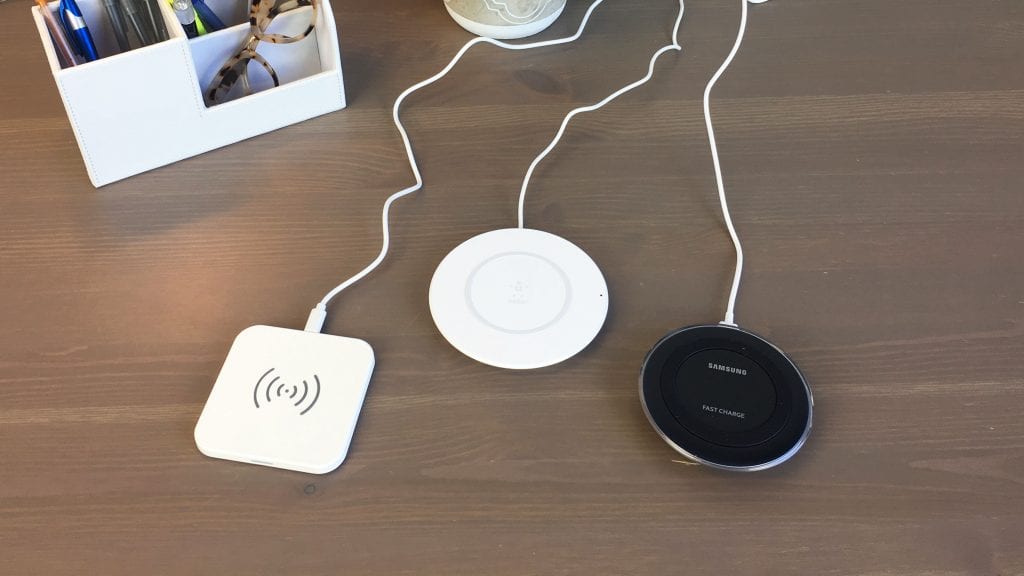
Wireless charging works by transferring energy via an electromagnetic field between two copper coils. There are various ways this is done. Generally speaking, the technology relies on the physics behind time-varying magnetic fields, which causes a current if a loop of wire is closed.
The real convenience of a charging mat, though, is that with some of them, you can set your device anywhere and charging will happen. Not all charging mats offer this, though, and some are so small, you won’t have a variety of choices. The larger your mat is, the more important it is to have multiple coils so that you aren’t limited to just one spot.
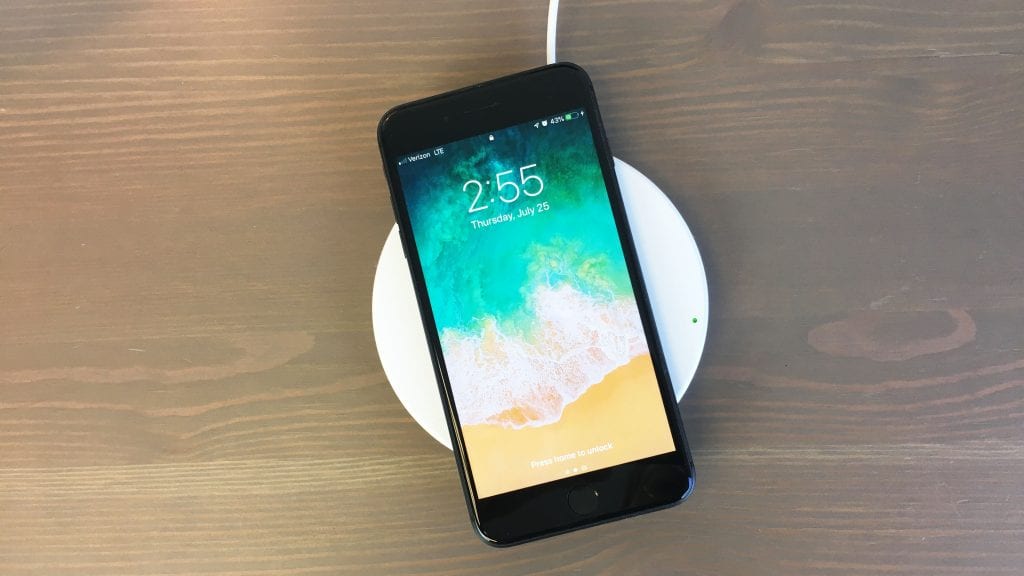
Smaller mats have the benefit of being more portable, though. If you travel frequently, or you just want to take your charger to work with you, that’s a plus. However, if you’ll set your mat up at home and leave it there, a larger one may be a better choice, especially if you’ll be charging multiple devices with it.
Many charging mats use LED lights to alert you to charging status. As helpful as that is, it’s important to keep in mind that they can be bright if you keep them in your bedroom. Unless you want a nightlight, look for a bedroom-based charging mat with a darker LED, or choose a spot in your room where the light won’t be as disruptive.
Although it isn’t a must-have, some mats have a bonus feature that keeps your device cool while it’s charging. You may also find add-ons, like surge and overvoltage protection. These little things could help you sleep a little better as you leave your phone on the mat each night.
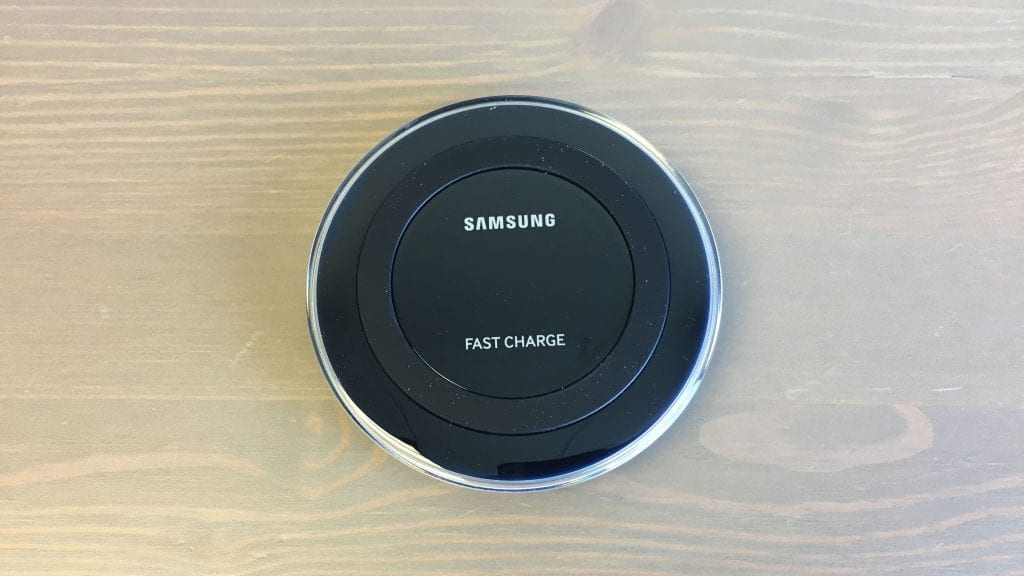
What to Look For
- Before you start searching for a charger, you need to make sure your phone is compatible with the technology. You’ll need your phone to be Qi-enabled, which means it has the build to handle fast-charging technology. You’ll find the iPhone X, iPhone 8 and 8 Plus, Nokia 9 and Lumia 920 have that functionality, as do many newer versions of the most popular smartphones.
- If you use your charging pad to recharge your phone overnight, you probably won’t pay too much attention to how quickly your mat does its job. But there will occasionally be times when you need it to work quickly. Maybe you’ll forget to charge it one night and need to at least get some juice into the battery before you head out the door. The Samsung Qi Certified Fast Charge Wireless Charger’s fast-charging capabilities can cut charging time by as much as 50 minutes. Its output is 10 watts, compared to the 7.5-watt Belkin Boost Up Wireless Charging Pad and CHOETECH Qi Certified Wireless Charger.
- With some mats, you’ll need a special adapter to take advantage of the fast-charging technology. The CHOETECH Qi Certified Wireless Charger will only support quick charging with a 2-Amp A/C adapter.
- At the lower price point, you’ll find many wireless chargers build in only one coil. That means you’ll have to set your phone in a very specific spot on the pad to get a connection. For that reason, it may be wiser to go with a smaller unit that is easier to set on a bedside table or tuck into a bag rather than purchasing a large mat. With the Samsung Qi Certified Fast Charge Wireless Charger, you’ll find that you have to place the phone very precisely to make a connection.
- One issue that comes into play with charging pads is that devices can easily slide off, especially with the smaller mats. The CHOETECH Qi Certified Wireless Charger has an anti-slip surface to keep your phone in place, along with antislip rubber underneath to keep it in place on a tabletop.
- Handy LED lights let you know when your device is charging. The LEDs on the Samsung Qi Certified Fast Charge Wireless Charger and CHOETECH Qi Certified Wireless Charger also display the battery level. If you’ll be keeping your charging mat in the bedroom while you sleep, the LED lights can be a problem on some models. The lights on the Samsung Qi Certified Fast Charge Wireless Charger and CHOETECH Qi Certified Wireless Charger may not be ideal for this type of use since their lights are so bright. With the Belkin Boost Up Wireless Charging Pad, you’ll get a softer light that’s easier to handle in a dark room.
- Before you make a purchase, consider the area where you plan to use it. Even a small size difference can be an issue when dealing with an already overcrowded bedside table.
- You may not think about it outright, but safety features can come in handy. The Samsung Qi Certified Fast Charge Wireless Charger and CHOETECH Qi Certified Wireless Charger all build in cooling. With the CHOETECH Qi Certified Wireless Charger, you get surge protection and short-circuit prevention.
More to Explore
Wireless charging may seem like it has only just been discovered, but the concept was actually realized in 1820. Physicist Hans Christian Oersted noticed that an electric current can cause a magnetic field. This idea was furthered 10 years later when English scientist Michael Faraday discovered a way to transfer energy between two objects. That concept is the very foundation of the wireless charging used today. However, the biggest advancement in the technology came in 1890, when Nikola Tesla transferred electricity wirelessly using his now-infamous Tesla Coil. His invention allowed him to illuminate a light bulb from the other side of the room with the use of a high-frequency alternating current.

